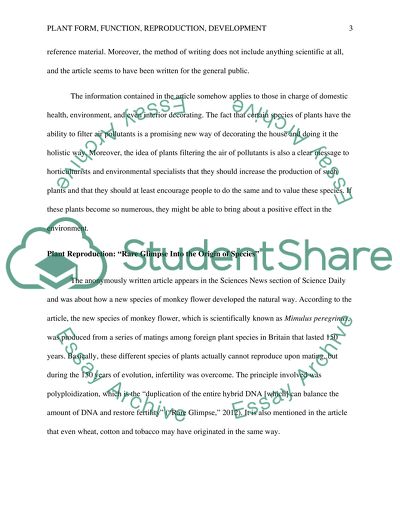Cite this document
(“Plant Form and Function, Plant Reproduction and Development Essay”, n.d.)
Retrieved from https://studentshare.org/biology/1458066-plant-form-and-function-plant-reproduction-and-development
Retrieved from https://studentshare.org/biology/1458066-plant-form-and-function-plant-reproduction-and-development
(Plant Form and Function, Plant Reproduction and Development Essay)
https://studentshare.org/biology/1458066-plant-form-and-function-plant-reproduction-and-development.
https://studentshare.org/biology/1458066-plant-form-and-function-plant-reproduction-and-development.
“Plant Form and Function, Plant Reproduction and Development Essay”, n.d. https://studentshare.org/biology/1458066-plant-form-and-function-plant-reproduction-and-development.


